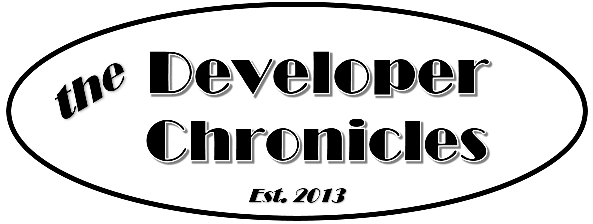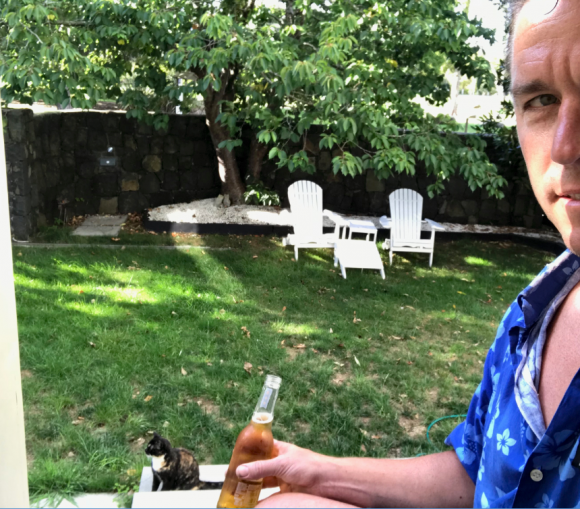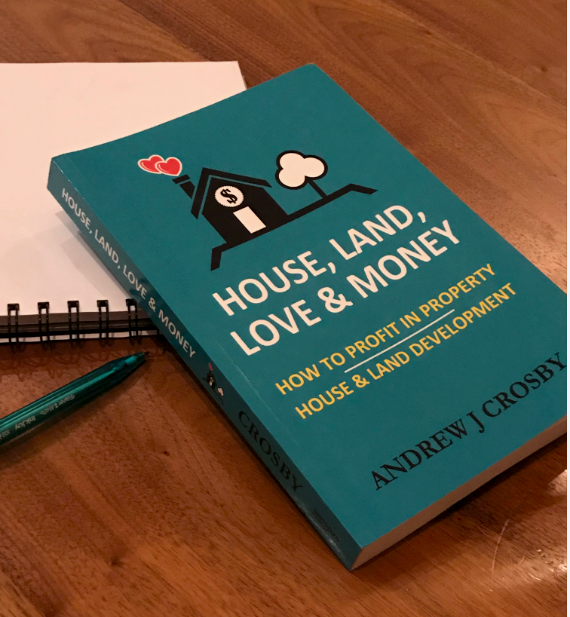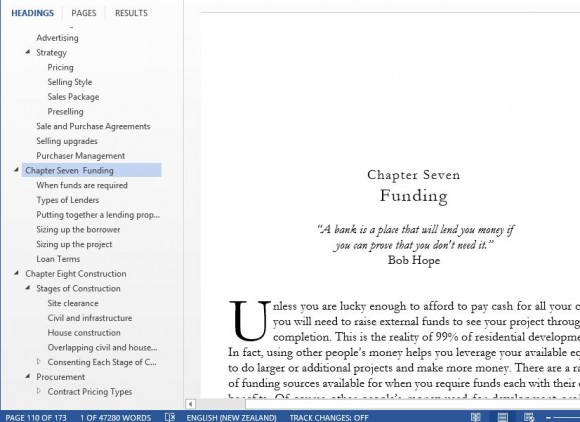So, why have I not posted for 18 months?
Well a couple of things:
1. I changed roles in 2017, I am now Vice General Manager at Universal homes. This will be a challenging role but with a great team close to 100. We develop and build homes in the affordable to mid price range (that’s over $1m folks!) in great locations currently in Auckland. The mandate from the board is growth, and that’s why I am here. We have about 300 homes under construction in about a dozen projects across town. We also just went unconditional on the land for a billion dollar project, that will deliver over 1000 homes itself. Needless to say I had plenty to do prior to that at Equinox as well as the first 100 days at Universal as well.
2. All my spare time energies went into finishing the property development book, that’s been hanging around in my head for over a decade now. I found that writing the blog was distracting me (temporarily), just like LinkedIn posts! And I was sick of spending the nights and weekends, Siberian salt mine style, working the book to a conclusion. The good news is she is done. And just to boot, because it is so boring (a how to, foundations of house and land development book devoid of anything remotely comedic), I decided to write another one. Yes, completely opposite, more of a quotes and metaphors and interesting (to me at least) factoids with a few opinions thrown in. Not expecting them to make the NY Times best sellers list, but at least my mind can be free again. Both of these are now for sale on Amazon.
As Safe as Houses (the weird, not sure why I wrote it, why anyone would want to read it or where it’s going one)
House, Land, Love & Money (the boring one, about making profit in house and land development, the nuts and bolts as I have experienced it).
That’s all. What does that mean for future posts – I am not sure. But with 120,000 words out of the way who knows whats next.



